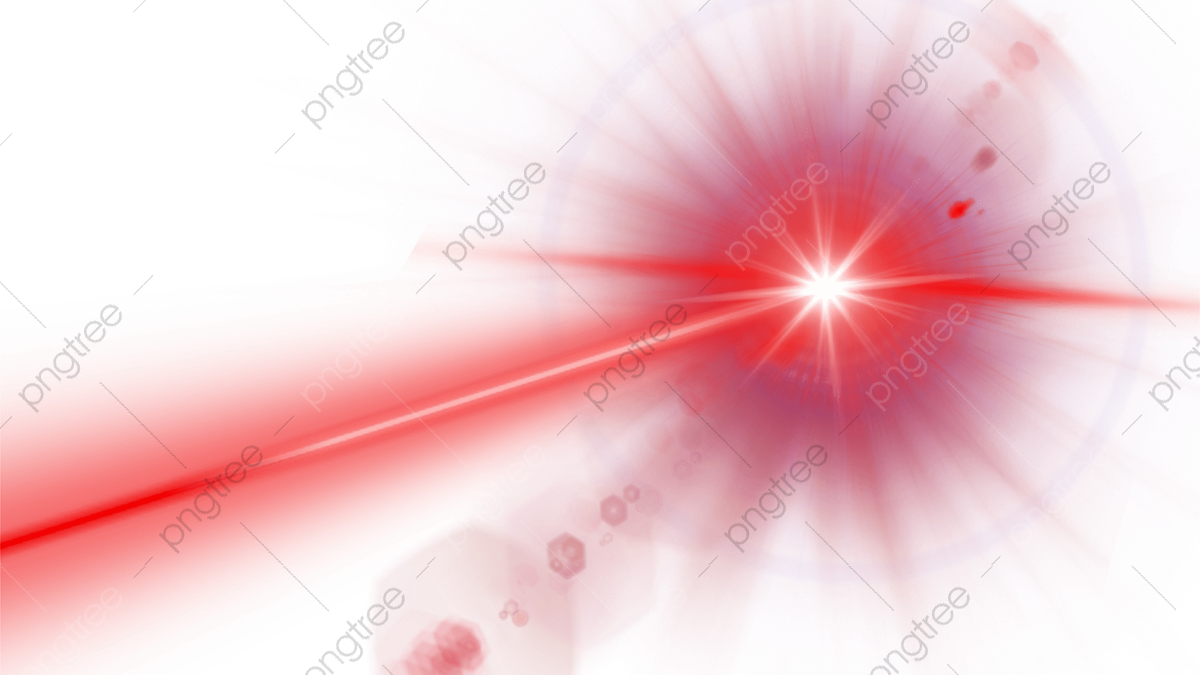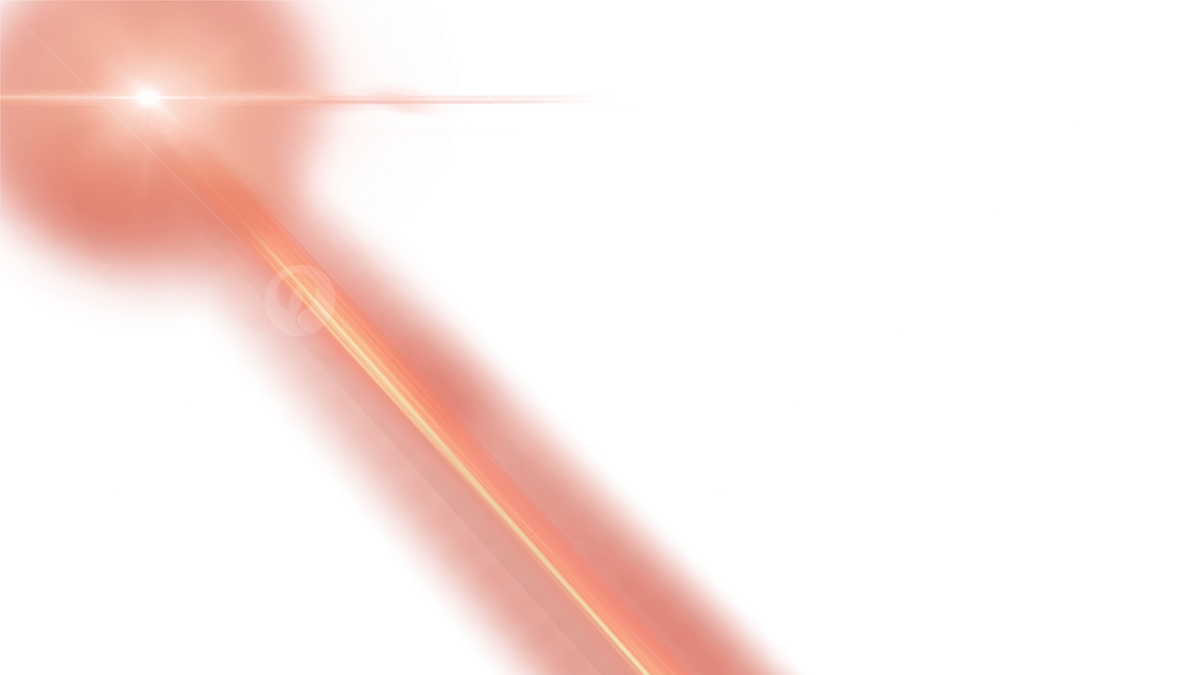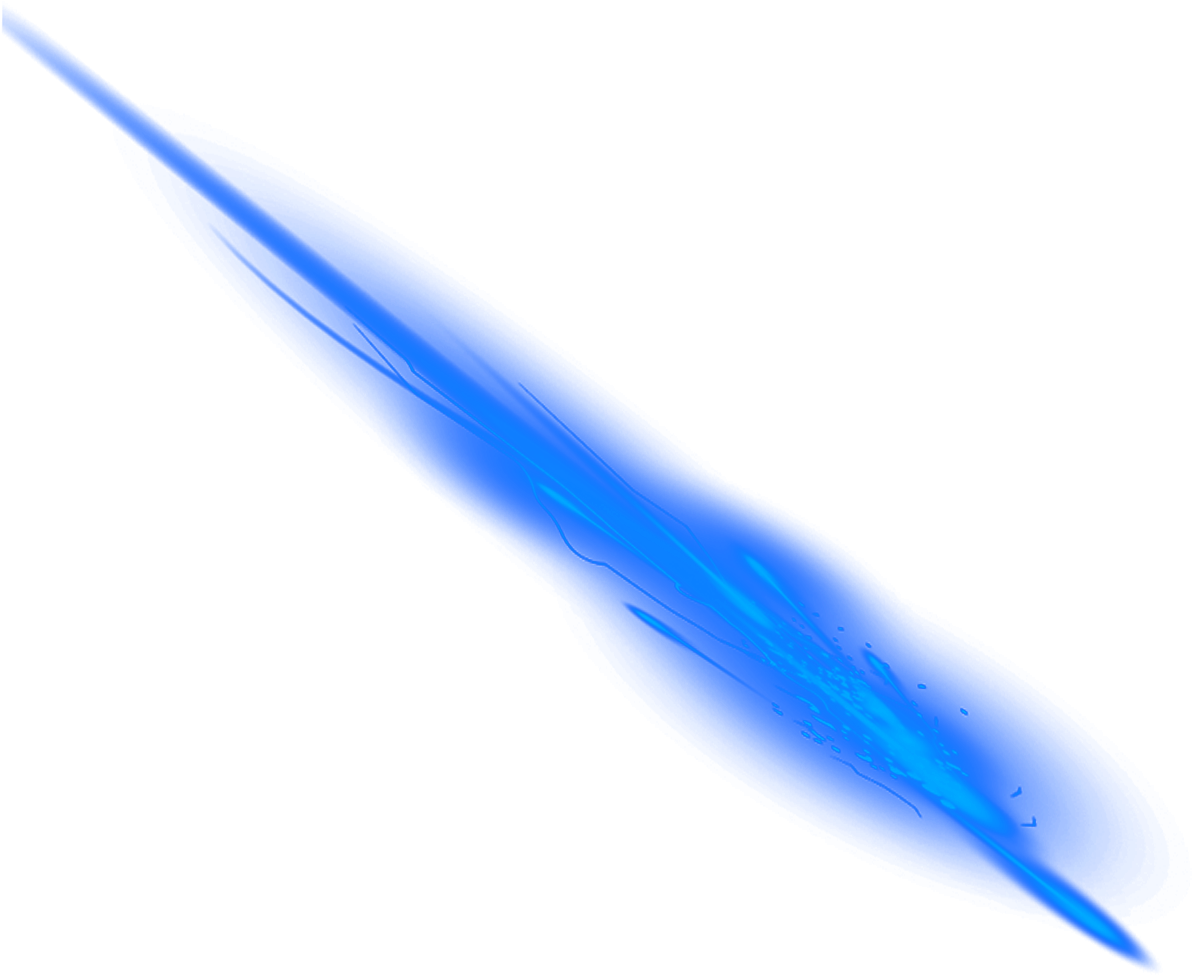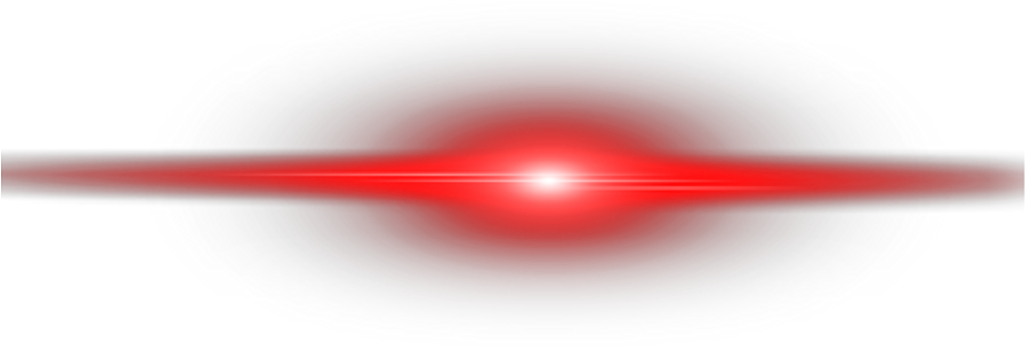Download top and best high-quality free Laser PNG Transparent Images backgrounds available in various sizes. To view the full PNG size resolution click on any of the below image thumbnail.
License Info: Creative Commons 4.0 BY-NC
A laser is an acronym for “Light Amplification by Stimulated Emission of Radiation.” The concept of laser technology originated in 1917 when Albert Einstein proposed that atoms could be stimulated to emit photons of light that would then be amplified into a beam. It wasn’t until 1960 when Theodore Maiman invented the first laser device, which was based on a ruby crystal. Since then, lasers have become an essential part of modern technology and are used in various fields such as medicine, communication, manufacturing, and entertainment.
How do lasers work?
The core principle of laser technology is the production of a concentrated beam of light that carries a tremendous amount of energy. This beam is produced by stimulating atoms or molecules in a material to release photons of light that then bounce back and forth between two mirrors contained within the laser cavity. As these photons continue to bounce around, they continue to stimulate other atoms to produce more photons, which eventually result in a concentrated beam of light that leaves the laser cavity through a small hole or output mirror.
The photons produced by a laser have some unique properties that make them different from other forms of light, such as light produced by a lamp or the sun. For example, lasers produce light that is highly directional, meaning it travels in a straight line and doesn’t scatter in all directions like sunlight. Additionally, lasers produce light that is coherent, meaning the photons oscillate in the same phase and frequency. This property gives the laser beam its unique characteristic of being monochromatic, or of a single color.
Types of lasers
Lasers differ in their operating wavelength, power, and application. There are many different types of lasers available today, some of which are:
- CO2 laser: This laser beam is produced by exciting CO2 molecules with an electric current. It is commonly used in cutting, welding, and engraving.
- YAG laser: The YAG laser uses a neodymium-doped yttrium aluminum garnet crystal as the lasing medium. It is used for precise surgical cutting and welding.
- Excimer laser: This laser uses a mixture of halide gases that is excited by an electrical discharge to produce a UV light. It is used in eye surgery to correct vision problems.
Applications of lasers
Lasers have a wide range of applications in various fields such as manufacturing, medicine, communication, and entertainment. Some of the most common applications of lasers are:
- Manufacturing: Lasers are used in manufacturing for cutting, welding, and drilling materials such as metal, plastic, and wood. They can produce highly precise cuts with minimal wastage of material.
- Medicine: Lasers are widely used in medicine for surgical procedures, such as eye surgery, cosmetic surgery, and dental procedures. They are also used for skin treatments and cancer therapy.
- Communication: Lasers are used in fiber optics for transmitting data over long distances. They are also used in barcode scanners, CD players, and laser printers.
- Entertainment: L asers are used in light shows, laser tag games, and in producing special effects in movies and TV shows.
Advantages and disadvantages of lasers
Lasers have several advantages over other forms of light, such as:
- Highly directional and coherent beam: Laser beams can be focused on a small spot with high precision, making them useful in sensitive applications such as surgery.
- Monochromatic: Lasers produce light of a single color, which can be useful in spectroscopy, holography, and other scientific applications.
- Non-invasive: In medicine, lasers can be used to treat conditions without the need for incisions or surgery.
However, lasers also have some disadvantages, such as:
- Cost: Lasers can be expensive to manufacture and maintain, making them inaccessible to many applications.
- Safety: Lasers can be hazardous if not used properly, and can cause damage to the eyes and skin.
- Environmental concerns: Energy consumption and disposal of hazardous materials used in lasers can pose environmental concerns.
The laser is an essential technology that has revolutionized various fields such as medicine, communication, manufacturing, and entertainment. Lasers enable precise control and manipulation of light, making them useful in many sensitive applications. However, there are also some disadvantages associated with lasers, such as cost, safety concerns, and environmental impact. Overall, the laser is a symbol of human ingenuity and innovation that has made our lives better.
Download Laser PNG images transparent gallery
- Laser PNG Picture
Resolution: 1200 × 675
Size: 1334 KB
Image Format: .png
Download
- Laser PNG
Resolution: 250 × 250
Size: 4 KB
Image Format: .png
Download
- Laser Transparent
Resolution: 1024 × 490
Size: 138 KB
Image Format: .png
Download
- Laser
Resolution: 1280 × 720
Size: 688 KB
Image Format: .png
Download
- Laser Background PNG
Resolution: 588 × 283
Size: 16 KB
Image Format: .png
Download
- Laser No Background
Resolution: 727 × 133
Size: 16 KB
Image Format: .png
Download
- Laser PNG Clipart
Resolution: 1000 × 264
Size: 124 KB
Image Format: .png
Download
- Laser PNG Cutout
Resolution: 1025 × 577
Size: 551 KB
Image Format: .png
Download
- Laser PNG File
Resolution: 3840 × 2160
Size: 242 KB
Image Format: .png
Download
- Laser PNG Free Image
Resolution: 800 × 450
Size: 14 KB
Image Format: .png
Download
- Laser PNG HD Image
Resolution: 3840 × 2160
Size: 1352 KB
Image Format: .png
Download
- Laser PNG Image File
Resolution: 1636 × 488
Size: 443 KB
Image Format: .png
Download
- Laser PNG Image HD
Resolution: 1200 × 675
Size: 394 KB
Image Format: .png
Download
- Laser PNG Image
Resolution: 1192 × 975
Size: 229 KB
Image Format: .png
Download
- Laser PNG Images HD
Resolution: 500 × 219
Size: 120 KB
Image Format: .png
Download
- Laser PNG Images
Resolution: 1025 × 347
Size: 173 KB
Image Format: .png
Download
- Laser PNG Photo
Resolution: 620 × 267
Size: 76 KB
Image Format: .png
Download
- Laser PNG Photos
Resolution: 1024 × 1334
Size: 871 KB
Image Format: .png
Download
- Laser PNG Pic
Resolution: 800 × 450
Size: 13 KB
Image Format: .png
Download


















